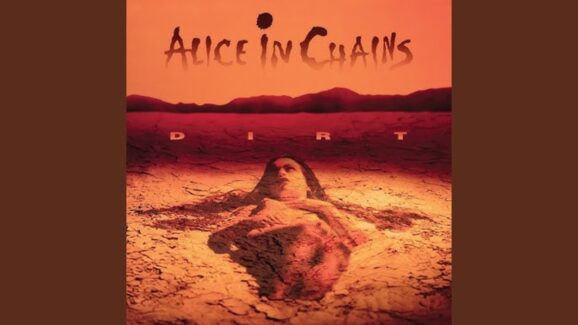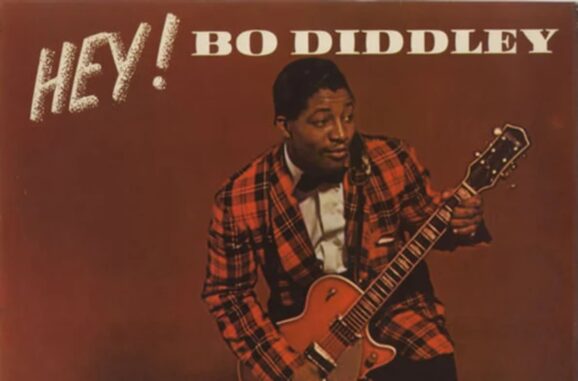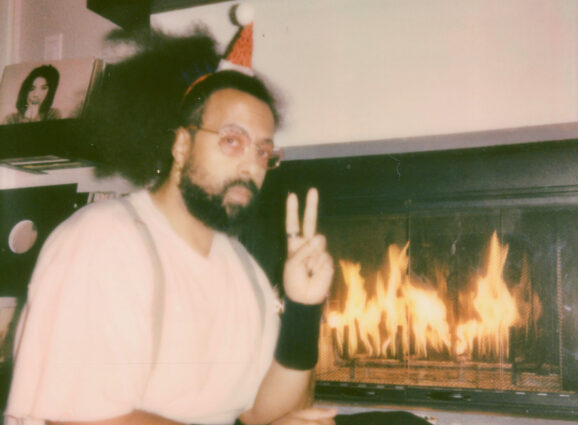RATING – C+
It isn’t difficult to understand why director Steven Spielberg wanted to remake West Side Story. The original film adaptation of the Steven Sondheim musical is, perhaps, one of the most influential movies of Spielberg’s generation. That film, from directors Jerome Robbins and Robert Wise, set a gold standard for both musical films and film in general that has been upheld for 60 years now. Spielberg, easily the most influential and consequential director of his generation, was probably the man best equipped to pull it off. If anyone was going to top that 1961 version of West Side Story, Spielberg was gonna be the guy to do it.
That’s certainly his intent with his vision of West Side Story, though I can’t quite say he succeeded in his aim. What he has succeeded in is capturing the spectacle of the musical experience, crafting a grand, massive scale extravaganza that recalls the golden age of the Hollywood musical. Taken on its own, absent any consideration of the original film, that means that Spielberg’s vision of the classic tragedy is a great entry point for potential newcomers to the tale of Tony and Maria.
At least in terms of spectacle. There’s no denying that Spielberg knows how to finesse spectacle into something extraordinarily cinematic. Spectacle is what Spielberg does best. That translates well into the massive song and dance numbers that define much of West Side Story. Classic numbers like “Dance At the Gym” and “America” are envisioned and executed brilliantly. “Gee Officer Krupke,” meanwhile, might be the best version of the scene ever presented. No doubt, West Side Story is often a joy to watch.
But the heart of the story, the young love felt between Tony (Ansel Elgort) and Maria (Rachel Zegler) is what truly makes West Side Story such a memorable tale and, unfortunately, doesn’t work here. Well, mostly it’s Elgort. The Baby Driver star never quite manages to make Tony’s feelings for Maria seem genuine, making for a stiff performance that doesn’t sell the central conceit in a meaningful way. As a result, the rest of the film is dragged down, often to the point of tedium.
Which is difficult to reconcile with the vision Spielberg has for the film as a whole. The director teases out the changing face of New York City as a kind of wasteland caught between the world as it used to be and the world that it’s becoming. That creates an interesting subtext to the story beyond the racial strife that’s been central to West Side Story since its debut on Broadway. It gives the audience plenty of beautifully shot urban landscapes to enjoy and makes the tension between the Jets and the Sharks all the more palpable.
It’s just a shame that it all outshines the love story that sets the story in motion. Zegler is great as Maria, playing up her young naivete and all the foolishness of young love. This is truly a star-making turn for the actress, who has already been cast as Snow White opposite Gal Gadot’s evil queen in the upcoming live-action remake of Snow White and the Seven Dwarves. As her singing voice proves here, she’s more than capable of handling the strains of that role and should be able to write her own ticket going forward.
So, too, with the rest of the supporting cast, all of whom do their level best to steal every scene they’re in. Riff, played by actor Mike Faist, is especially charismatic. So much so that I couldn’t help wondering how the movie would feel if Faist and Elgort switched roles. The actor brings new depths to Riff, suggesting a deeper pathos than was seen in the 1961 film. And so it goes with Ariana DeBose, who plays Anita. She charms her way through every scene she’s in, making her one of the film’s highlights.
It’s a shame, however, that Elgort shows so little chemistry with Zegler. The foolish love of Tony and Maria is the heartbeat of the show, and Elgort does so little to make us believe his love is real. Couple that with a third act that drags itself slowly to its conclusion and it’s hard to think of a reason one might choose to watch this version over the classic version.
Which, in the end, is the heart of the problem. While beautiful to look at and offering an enjoyable spectacle, it’s never quite clear that there’s any real reason for this film to exist. Other than, of course, that Spielberg wanted it to. That might be reason enough for Hollywood, but West Side Story never manages to make that same case to us, the audience.
West Side Story is now playing in theaters everywhere.










One Response
Wow! Thank you for the review!!